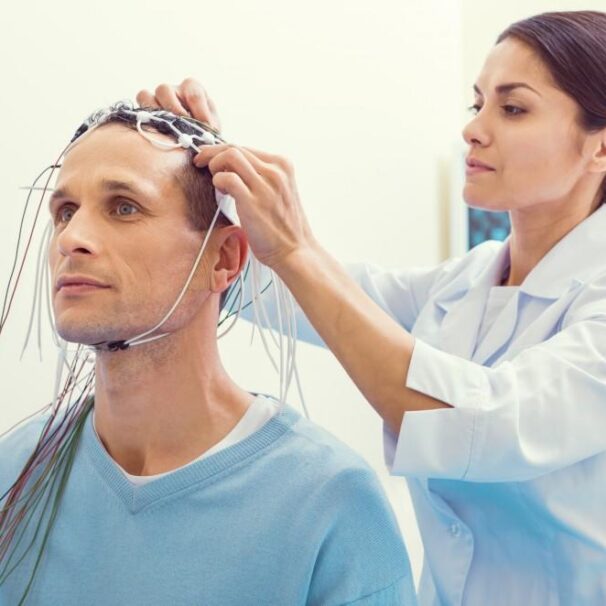HealthProviders DB is a comprehensive database of healthcare providers, including a complete directory of all EEG Technicians.
Other Technician Healthcare Taxonomy Code 2472E0500X
As of today, the following are the total number of EEG Technicians nationally, in your state, and near your location.
Select the State to show the list of EEG Technicians by State. In addition, you can also narrow the list by City and more from the filter panel.
Alaska – Alabama – Armed Forces Pacific – Arkansas – American Samoa – Arizona – California – Colorado – Connecticut – District of Columbia – Delaware – Florida – Federated States of Micronesia – Georgia – Guam – Hawaii – Iowa – Idaho – Illinois – Indiana – Kansas – Kentucky – Louisiana – Massachusetts – Maryland – Maine – Marshall Islands – Michigan – Minnesota – Missouri – Northern Mariana Islands – Mississippi – Montana – North Carolina – North Dakota – Nebraska – New Hampshire – New Jersey – New Mexico – Nevada – New York – Ohio – Oklahoma – Oregon – Pennsylvania – Puerto Rico – Palau – Rhode Island – South Carolina – South Dakota – Tennessee – Texas – Utah – Virginia – Virgin Islands – Vermont – Washington – Wisconsin – West Virginia – Wyoming
Medicare
The following are the total number of EEG Technicians who accept Medicare in your state, the number who have opted out of Medicare, and the total number excluded from participation in Medicare nationwide.
You can download the EEG Technicians dataset using HealthProviders DB Export.

What do EEG Technicians do?
An EEG technician performs Electroencephalogram (EEG) tests by attaching sensors (electrodes) to a patient’s scalp to record the patient’s brain’s electrical activity.
They prepare the patient and equipment, monitor the test, and perform procedures such as hyperventilation or light stimulation to detect abnormalities.
The recorded brain wave data helps neurologists and other medical professionals diagnose and monitor neurological conditions like epilepsy, strokes, and sleep disorders.
What they do
Prepare the patient and equipment: This involves measuring the scalp, marking electrode sites, and, if needed, scrubbing the skin to ensure a good connection.
Place electrodes: Small, flat metal discs called electrodes are attached to the scalp using an adhesive, or the patient may wear an elastic cap fitted with electrodes.
Conduct the EEG test: The electrodes are connected to an EEG machine, which amplifies and records the brain’s electrical signals.
Monitor the patient and equipment: The technician observes the patient and the machine’s signals, making adjustments as needed.
Perform evoked potential tests: The technician may administer light stimulation or breathing tests to provoke brain activity and more accurately observe abnormalities.
Troubleshoot issues: They must be able to resolve any equipment problems to ensure a clear recording.
Maintain patient comfort: The technician must ensure the patient is as comfortable as possible during the test, which can be an intrusive experience.
Clean the room and equipment: After the test, the technician removes the electrodes and cleans the equipment and room for the next patient.
What an EEG Test Shows
Brain wave activity: The electrodes detect the tiny electrical signals produced by the brain.
Neurological conditions: By interpreting these signals, neurologists and other healthcare professionals can identify abnormalities associated with conditions such as seizures, strokes, headaches, and sleep disturbances.
Environment
EEG technicians work in various healthcare settings, including Hospitals, Outpatient clinics, Sleep centers, and Neurology departments.

